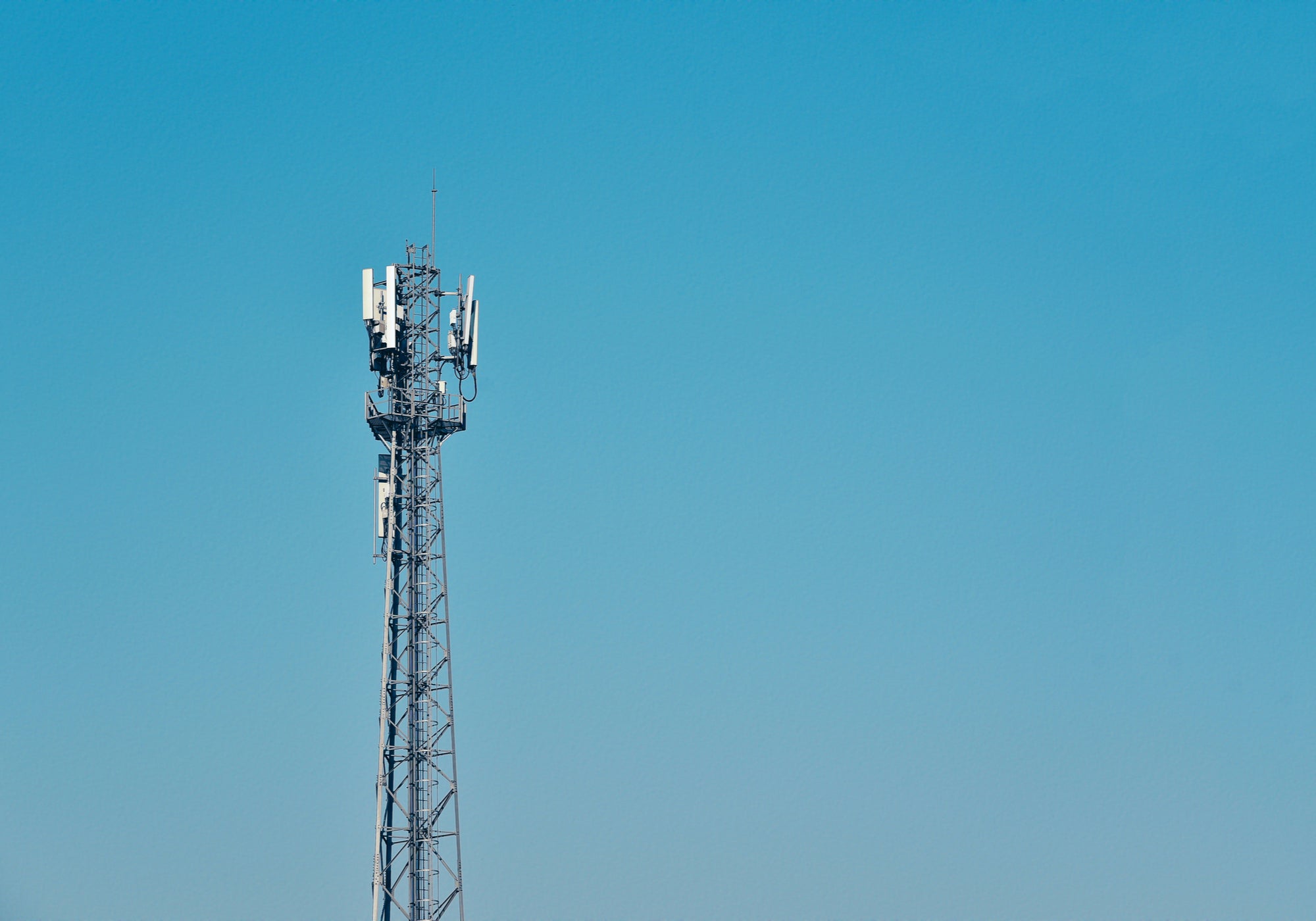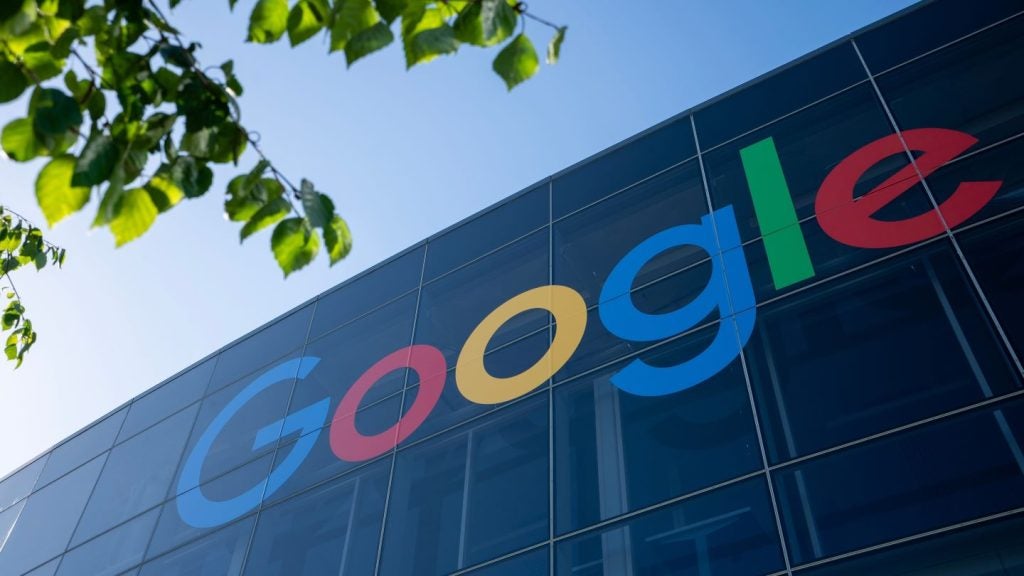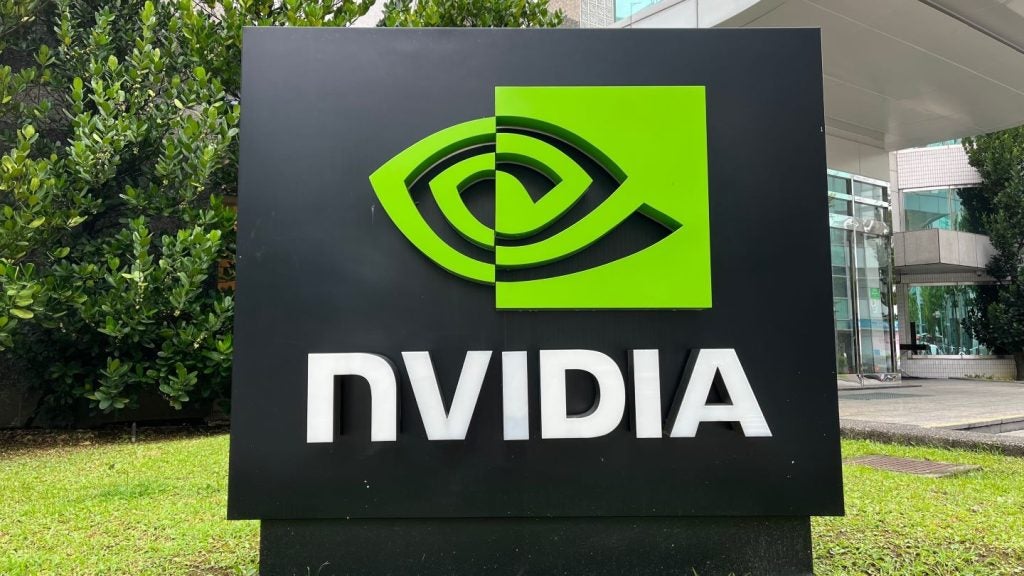The CBRS and C-Band auctions provided US operators with highly coveted mid-band spectrum that they can use to underpin 5G rollouts and enhance sales efforts for private 4G/5G networks. Parallel activities are taking place in Europe and Asia Pacific, as licensed, “lightly licensed” and unlicensed spectrum is being auctioned off by regulatory bodies.
Mid-band spectrum has been in high demand by mobile operators to support 5G rollouts, as well as underpin private networks for industrial customers. As recipients of CBRS spectrum are leveraging the technology for real-world deployments, and the primary round of the C-Band auction was completed on January 18, vendor activity and customer deployments will rapidly advance in 2021.
US operators have been investing in and building out infrastructure for their 5G cellular networks for several years. They have already launched 5G services for both consumer use cases such as Fixed Wireless Access (for broadband internet) and smartphone based immersive gaming, as well as enterprise use cases such as high-volume or real-time IoT, AR/VR and industrial private networks.
They have primarily leveraged licensed spectrum bands in the high-band (e.g. mmWave bands in the 24.25–29.5 Ghz range) and low-band (generally below 1 Ghz) ranges. But operators are now vying to gain highly coveted spectrum in the mid-band, as it offers the best of both worlds, supporting high speeds and low latency, as well as the ability to cost-effectively spread networks out beyond dense urban settings.
In the US T-Mobile gained Sprint’s legacy 2.5 Ghz assets during the merger and is making the most of its “layer-cake” approach to 5G which spans all three types of spectrum, but even the Un-carrier is bidding to get more mid-band spectrum to improve on this key differentiator.
Spectrum auctions are already exerting influence
The CBRS and C-Band auctions have been viewed as the primary sources of new mid-band spectrum in the US for not only mobile operators but wireline providers and cable MSOs that have lacked a way to provide consumer or enterprise mobility services or private wireless networks for industrial customers such as manufacturers, ports, mining, and oil and gas customers. The CBRS auction was completed at the end of 2020 while the C-Band auction’s primary round just ended on January 18. These spectrum auctions are already starting to have influence on real-world alliances, product strategies and deployments.
How well do you really know your competitors?
Access the most comprehensive Company Profiles on the market, powered by GlobalData. Save hours of research. Gain competitive edge.

Thank you!
Your download email will arrive shortly
Not ready to buy yet? Download a free sample
We are confident about the unique quality of our Company Profiles. However, we want you to make the most beneficial decision for your business, so we offer a free sample that you can download by submitting the below form
By GlobalDataCBRS Evolution
Since the auction ended in mid-2020, generating about $5 billion, we have already seen a range of ecosystem moves to leverage CBRS spectrum (in the 3.5 Ghz band), both from traditional mobile operators and from some of the SAS operators that handle spectrum sharing. As utilities, companies like John Deere, and wireline and cable companies were also big bidders, we are expecting many more deployment announcements in 2021. In the meantime, the following are some recent announcements from providers.
- AT&T, an operator that did not participate in the CBRS auction, forged an alliance with Ericsson in October to build purpose-built private cellular networksfor specific use cases; another similar alliance was forged with Nokia that allows AT&T to use Nokia infrastructure elements to enable private networks over CBRS.
- The 200+ member CBRS Alliance was rebranded to the OnGo Alliance in January, to expand its positioning and take on global mid-band spectrum opportunities in the future. Its mission is to evangelize 4G and 5G over CBRS, develop technical specifications, and certify products. This is a huge opportunity since mid-range spectrum auctions are in progress throughout the world, especially in Western Europe and Asia Pacific regions.
- The OnGo Alliance notes that it expects significant uptake of CBRS private networks in 2021 in healthcare, transportation (including support of touchless solutions), manufacturing, and education. Some of these such as healthcare and education are of particular interest as they haven’t typically been considered target markets.
- Nokia continues to position CBRS as a default spectrum option to support private LTE networks. For example it partnered in July with Cradlepoint for a solution for PK Solutions, a company that develops wearables and software for oil and gas customers to keep workers safe at refineries.
- Federated Wireless, a company that has long led the industry in the development of shared spectrum CBRS capabilities, is allying with Tessco, a value-added distributor in the wireless infrastructure construction industry, to offer end-to-end solutions in manufacturing, transportation, and energy verticals.
C-Band Evolution
As the auction was just completed, it is too early to see substantive moves made by the successful bidders. However, the huge amount that was spent for licenses and the importance of mid-band spectrum to large operators will make a huge difference to 5G rollouts in 2021.
Some insights regarding the auction are below.
- The C-Band auction was hugely successful, with 57 qualified bidders, generating over $81 billion. Some of the largest bidders were the large mobile operators including AT&T, T-Mobile, Verizon and Dish Networks. Comcast and Charter bid together for licenses, and Cox also bid. Fixed wireless ISPs on the final list included W.A.T.C.H. TV Company and Wisper ISP.
- Estimates by financial analyst firm Cowen are that Verizon spent $35 billion, AT&T spent $20 billion, T-Mobile $10-15 billion, Dish about $5 billion, and cable companies together spent about $10-15 billion.
- Unlike the CBRS auction, service providers hoping to offer 5G networks with mid-band spectrum were the main bidders, while CBRS attracted a wider variety of companies including companies that want to build their own networks.
- As mid-band spectrum in the US beyond T-Mobile/Sprint’s combined assets has been scarce, we expect to see rapid escalation of 5G deployments in the US by AT&T and Verizon to counter T-Mobile’s temporary lead.
This is a fast-moving space as the acquired mid-band spectrum assets are going to kick-start a number of companies’ forays into the private wireless network market and become a critical underpinning for the next round of 5G network deployments in the US and abroad.









Related Company Profiles
Nokia Corp
Comcast Corp